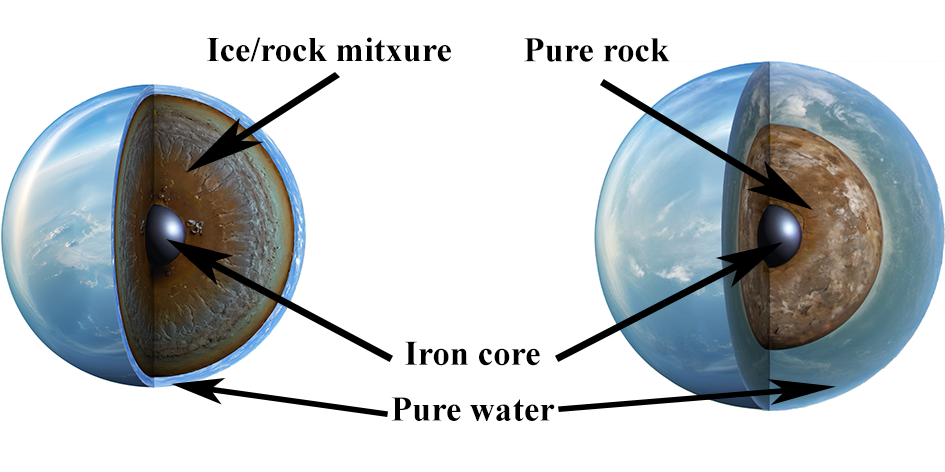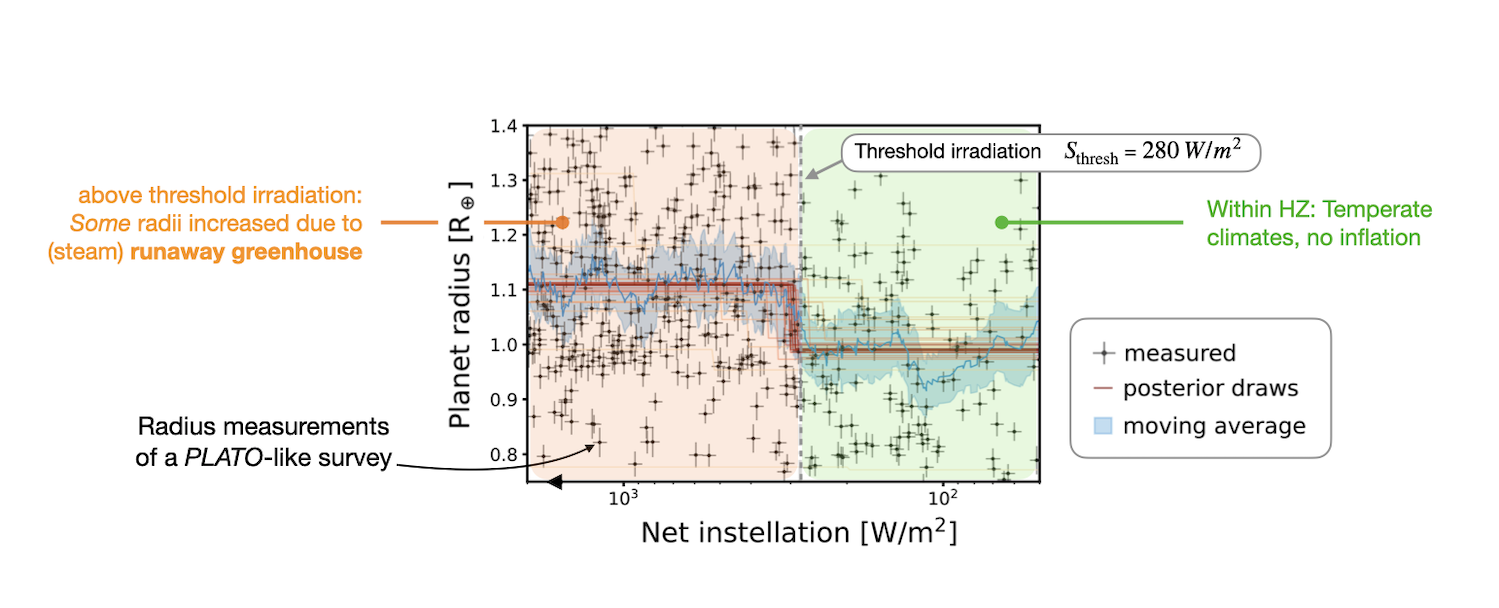EXOA8
Exoplanet characterization of (super-)Earths and sub-Neptunes
Co-organized by TP/OPS
Convener:
Lena Noack
|
Co-conveners:
Heike Rauer,
Theresa Lueftinger,
Ana Maria Heras,
Kevin Heng,
Tim Lichtenberg
Session assets
10:30–10:40
|
EPSC2024-97
|
ECP
|
On-site presentation
11:00–11:10
|
EPSC2024-1374
|
ECP
|
On-site presentation
11:10–11:15
Q & A panel
11:25–11:35
|
EPSC2024-723
|
ECP
|
On-site presentation
11:35–11:45
|
EPSC2024-493
|
ECP
|
On-site presentation
11:45–11:55
|
EPSC2024-1376
|
On-site presentation
11:55–12:00
Q & A panel
P44
|
EPSC2024-1088
|
ECP
|
On-site presentation
Advancing Exoplanet Transit Characterization through Machine Learning
(withdrawn after no-show)
P45
|
EPSC2024-1132
|
On-site presentation
P46
|
EPSC2024-1017
|
ECP
|
On-site presentation
P47
|
EPSC2024-1154
|
ECP
|
On-site presentation
P49
|
EPSC2024-954
|
On-site presentation
P50
|
EPSC2024-711
|
On-site presentation
P51
|
EPSC2024-106
|
ECP
|
On-site presentation


